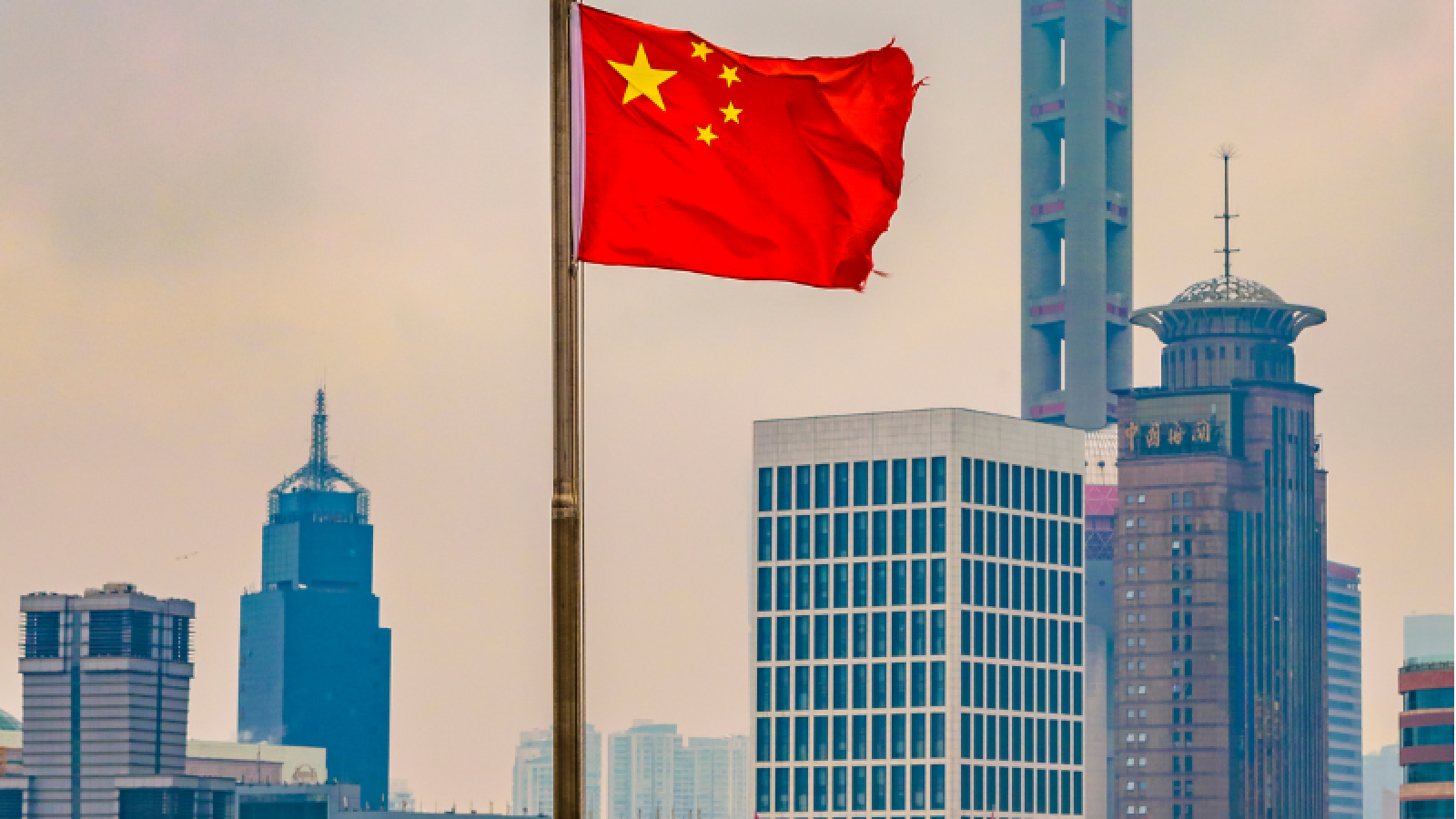
The ECGI blog is kindly supported by

Deciphering China’s hostile takeover terrain: The diminished role of corporate governance
Since 2011, when I began teaching at Peking University School of Transnational Law in China, I have consistently emphasized to my students that the distinctive socio-economic structure of China plays the key role in analyzing corporate governance in China. Due to these differences, the corporate governance mechanisms that are effective in the United States may not necessarily yield equivalent levels of success in China. As someone who appreciates Chinese history, I analyze the hostile takeover regime in Mainland China by employing a Chinese proverb, known as “橘化为枳 (南橘北枳),” which can be translated into English as “the shape of a fruit is determined by the different types of soil in which it is cultivated.” Put differently, considering China’s unique socio-economic landscape, the outcomes of establishing a viable hostile takeover system may diverge from conventional expectations.
China’s economy currently holds the second position globally in terms of nominal GDP, trailing only the United States. When considering purchasing power parity (PPP), China has already surpassed the United States. However, severe market failures persist in China. For instance, compared to the United States, the Chinese product markets face issues with (quasi) monopolies that relate to China’s indigenous industrial policies and market structures. Additionally, the Chinese capital markets experience more severe information asymmetry, primarily due to the underdeveloped disclosure system and less efficient enforcement mechanisms.
Another form of market failure in China is the inefficiency of capital markets, which arises from several challenges. These challenges include: (i) the aforementioned information asymmetry within the capital markets; (ii) various regulatory barriers that are not typically present in advanced economies, such as stringent IPO regulations and more restrictive short-selling rules; (iii) underdevelopment of related markets such as derivatives, bond, and foreign exchange markets, which can contribute to directly or indirectly “correcting” the abnormal pricing of the stock market; (iv) the significant role and substantial proportion of “mom and pop” retail investors, leading to noise trading and behavioral issues like herding; (v) the significant role of institutional investors controlled or influenced by the government that act as macroeconomic policy tools and can distort the price discovery function; (vi) direct government intervention through capital market policies; and (vii) limited access for foreign investors to Chinese capital markets due to incomplete openness to global capital markets (although this has been relaxed to some extent with initiatives like Shanghai-Hong Kong and Shenzhen-Hong Kong stock connects).
Against this backdrop, let’s explore hostile takeovers in China. In 2015, Vanke, one of China’s most prosperous real estate developers, found itself the target of a significant takeover attempt. The attempt was conducted by Baoneng, under the leadership of its controlling shareholder, Yao Zhenhua. Although Wang Shi was the charismatic business leader of Vanke, unlike most Chinese companies, Vanke’s ownership structure was notably dispersed and lacked a controlling shareholder. Despite Vanke’s tenacious resistance, Baoneng became over time its largest shareholder. Ultimately, however, the control contest was quelled by government intervention, resulting in failure. When the dust settled in 2017, de facto control of Vanke had shifted to Shenzhen Metro, a local government SOE, marking the conclusion of the dramatic takeover saga.
While the Vanke-Baoneng case represents a full-fledged takeover attempt, the mechanism of hostile takeovers in China is still in its infancy, with such attempts being rather rare. However, in the fields of economics and corporate law, it is often argued that hostile takeovers—whether in China or other jurisdictions—have the potential to significantly enhance corporate governance. The conventional rationale can be encapsulated as follows.
Prior to hostile takeovers, potential target companies often encounter agency problems arising from inefficient management or tunneling. Consequently, the stock prices of these companies tend to be undervalued relative to their true worth. This phenomenon provides a financial incentive for potential bidders to pursue takeovers. After the takeover, as management afflicted by agency problems is replaced, the target company may undergo a transition to new management and improved corporate governance. Accordingly, the company is likely to experience an upswing in its stock price [1]Hence, hostile takeovers can serve a constructive role by acting as a mechanism to discipline management and enhance the quality of corporate governance throughout the economy.[2]
However, while this perspective may have relevance in other economies, I do not agree with this viewpoint in the context of China. Instead, due to aforementioned 橘化为枳(南橘北枳), I predict that achieving an active takeover regime in China will likely take a long time and could be counterproductive in the short to medium term. This prediction is based on the four issues that will be discussed below. Essentially, my argument centers on the idea that the influence of corporate governance is substantially limited within the context of China’s hostile takeovers environment.
First, it is worth noting that a substantial portion of companies in China are state-owned enterprises (SOEs), which are also politically important in China. Given the near impossibility for an SOE to become entangled in a control contest, regardless of the level of agency problems they may have, SOEs are not vulnerable to being targeted in hostile takeovers.[3] In essence, factors of corporate governance bear limited significance in takeovers involving Chinese SOEs.
Second, unlike the United States, where dispersed shareholding is more common, China is dominated by controlling shareholders. Chinese corporations typically employ a pyramidal ownership structure, which provides greater control stability compared to circular shareholding-based ownership structures. As a result, excluding SOEs, the pool of potential targets for hostile takeovers in China is further reduced significantly to a tiny number of privately-owned corporations with dispersed shareholding.
Given this limited pool of available targets, the potential target companies in China are not necessarily those with inefficient management or tunneling. The case of Vanke, which had dispersed shareholding, serves as a prominent example highlighting the crucial role of a company’s ownership structure in being a potential takeover target. While it is true that Vanke faced agency problems, I do not believe that Vanke’s problems were considerably more severe than those of other corporations in China.
Third, regarding the role played by takeovers as a disciplinary mechanism in China, it is crucial to note that a target’s low stock price is largely independent of its management efficiency or conflicts of interest. This is due to the inefficiency of Chinese capital markets, where stock prices do not accurately reflect the quality of a potential target’s corporate governance. Accordingly, the premise of the takeover’s disciplinary function, where potential bidders are attracted to the low stock price of a troubled company (i.e., target), does not hold true.
Fourth, corporate value in China is often influenced by the government’s industrial policies (including subsidies), regulations, discretionary actions, and the prevalence of (quasi) monopolies in the product markets. In such circumstances, corporate earnings and stock prices might not accurately reflect the corporation’s performance in product market competition or its agency problems. Considering this feature, it is also unlikely that the takeover system will effectively function as a disciplinary mechanism to punish management inefficiency or lack of management performance. In addition, as indicated in the third point regarding capital market aspects, in China, a lower stock price does not necessarily imply inherent problems with a company’s competitiveness, management, or governance in the product markets. For instance, a low stock price might simply result from a lack of the government’s support or monopoly opportunities.
The overall economy of China operates under a unique model known as “socialism with Chinese characteristics (中国特色社会主义),” which combines aspects of a market economy with a socialist framework. The hostile takeover regime embodies the key characteristics of a market economy system. For such a market-oriented institution to function effectively in China, it is critical that the specific “soil”[4] of the “mixed economy” be suitably adapted. For instance, takeovers often lead to labor issues, including extensive layoffs, which will necessitate a comprehensive and lengthy policy deliberation process in China. Given that labor issues are core concerns that the Communist Party of China must address, large-scale layoffs may not be deemed an acceptable policy solution. In sum, without fundamental changes to the economic and legal infrastructure in China, at least from a short- to mid-term perspective, a more active takeover regime will likely lead to potentially counterproductive outcomes. For instance, in an active takeover system, when entities with a dispersed shareholder base are acquired, it is likely to reinforce the position of the controlling shareholders in the acquiring entities, who already hold a strong position. This could potentially aggravate existing issues related to controlling shareholders extracting private benefits, thereby further complicating China’s corporate governance landscape.
By Sang Yop Kang, Professor of Law, Peking University, School of Transnational Law and ECGI Research Member.
The explanations and arguments in this blog post are derived from my previous presentations, drafts, and lectures. These include, but are not limited to, a presentation titled, Hostile Takeover and Corporate Governance in China: Based on the Vanke Case, and a draft titled, The Vanke-Baoneng Case and Beyond: Hostile Takeover and Corporate Governance in China. These were presented at various conferences such as The ASLI Conference at Seoul National University (May 11, 2018), Trans-Pacific Business Law Dialogue at Seoul National University (July 13, 2018), Business Transactions and Corporate Governance in Asia (sponsored by National University of Singapore and Stanford Law School) (September 8, 2018), Comparative Corporate Governance Conference at Singapore Academy of Law (January 24, 2019), among others.
[1] Indeed, there are instances where the acquiring entity might exploit the target company after the acquisition, potentially leading to a decline in the target company’s stock price. However, due to space constraints, this blog post does not delve into this issue separately.
[2] Although hostile takeovers encompass a variety of positive and negative aspects, this brief blog post does not provide a comprehensive analysis of these dimensions.
[3] Of course, it is theoretically possible for one SOE to be a target of another SOE, but this is an exception.
[4] Refer to the previously mentioned “橘化为枳 (南橘北枳).”
If you would like to read further articles on Corporate Governance in Asia, click here
The ECGI does not, consistent with its constitutional purpose, have a view or opinion. If you wish to respond to this article, you can submit a blog article or 'letter to the editor' by clicking here.





